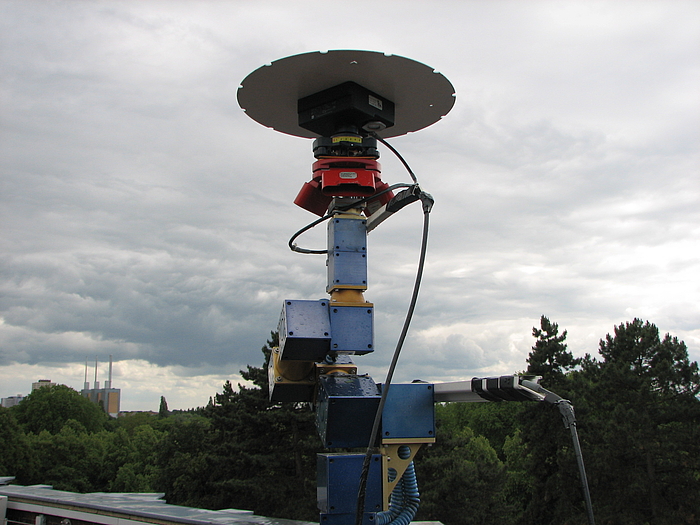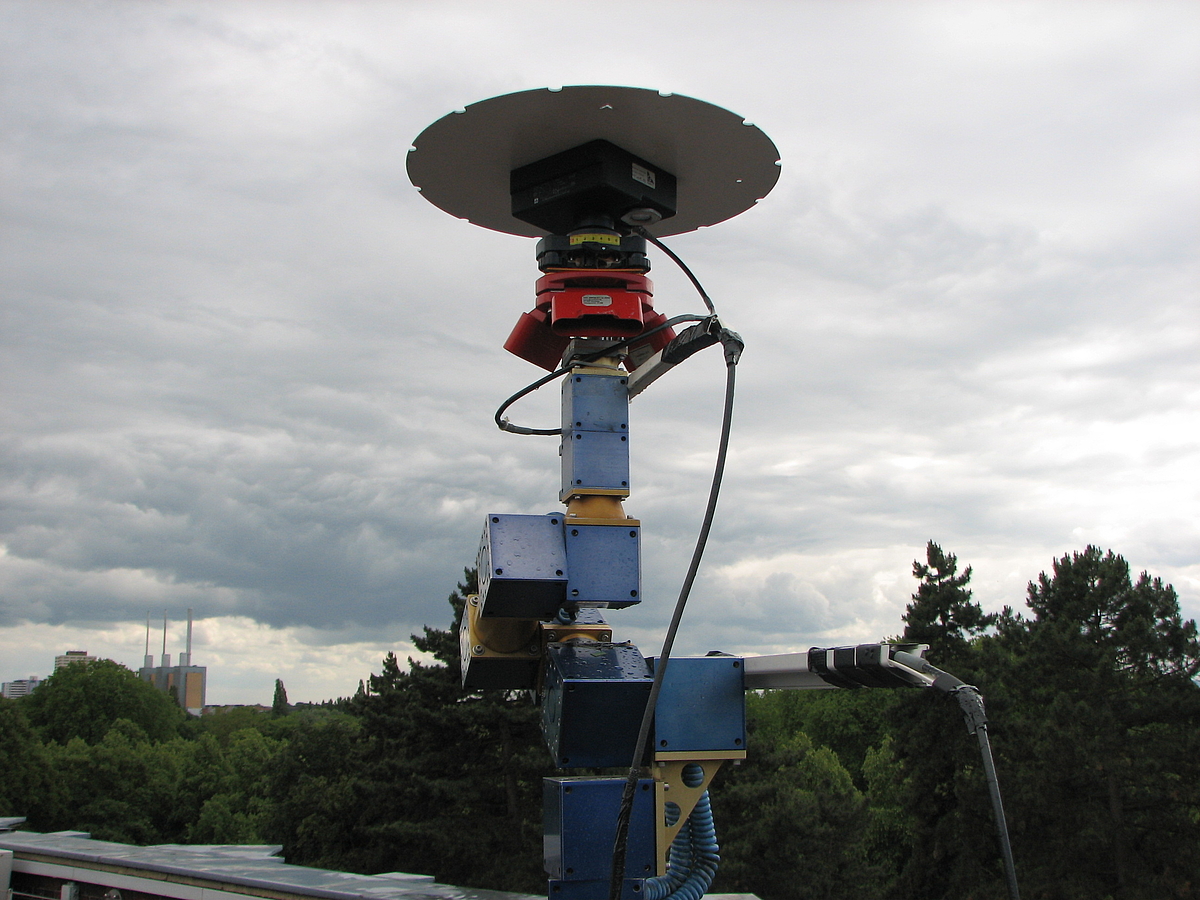Published GNSS Near Field Tests
-
GNSS Height PrecisionInfluence of Various SubstructuresNear Field analyses for a precise GNSS height determination
-
Standard Substructure FG-AN 100BCharacterisation of the Standard Substructure FG-AN 100BPrecise GNSS Height Determination and Tools
-
GPS Antennae for the GOCE SatellitesInvestigation of GPS Antennae for GOCE SatellitesInvestigation of the GPS Antennae for the GOCE Satellites







